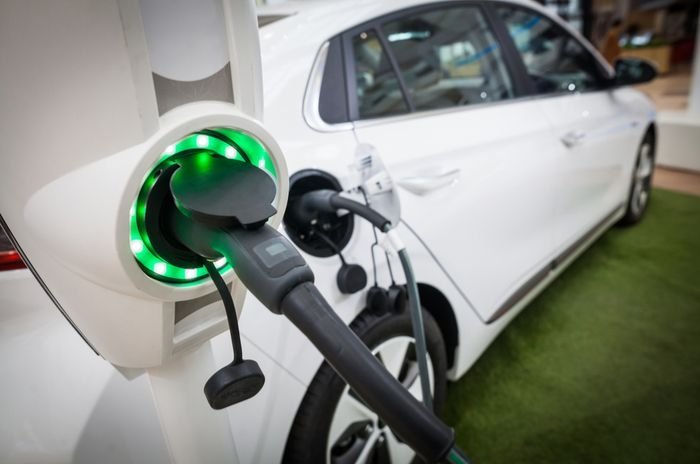Scaling Up Volume and Building Integrated Supply Chains Can Lower Battery Costs for Electric Commercial Vehicle Manufacturers
New report outlines the current state of North American battery sourcing and supply conditions, offers insights on future cost estimates for the commercial truck and bus industry
A steady stream of headlines illustrates significant progress in commercial vehicle markets. New technologies come to market regularly, and tens of millions of incentive voucher dollars are fully reserved in minutes. However, the zero-emission electric commercial vehicle market has a challenge at its core – battery sourcing and supply conditions. Today, CALSTART released Commercial Vehicle Battery Cost Assessment: Strategic Sourcing Challenges for North American Truck and Bus OEMs and Tier 1 Suppliers, authored by YUNEV LLC, to provide insight on the factors affecting battery costs for the U.S. commercial vehicle industry and offer an overview of the current state of battery sourcing and supply chain considerations.
“It’s critically important to understand the issues and complexities of the commercial vehicle industry’s battery needs and challenges,” said Kevin Walkowicz, senior director of CALSTART’s Clean Truck and Off-Road Initiative. “A successful and rapid transition to zero-emission transportation and achieving the related climate goals depends on a strong, sustainable and low-cost North American battery supply and sourcing chain.”
“The electric commercial vehicle industry is not a level playing field with one fixed battery cost. Instead, there is a wide range of costs and commercial terms, depending on the actual purchase volume and battery sourcing capability of each OEM and Tier 1 supplier,” said Kevin Beaty, principal consultant at YUNEV LLC and lead author on the report. “This report seeks to demystify some of the cost elements and sourcing dynamics to help industry stakeholders and policy makers make more informed decisions to continue moving the electrification of commercial vehicles forward as efficiently as possible.”
Some of the key points in the report include:
- There is a range of battery costs across manufacturers and forecasts should be viewed in the context of manufacturing volumes and the different levels of experience of manufacturers with battery electric vehicles.
- Battery pricing reflects the early commercialization stage for commercial vehicles and the existing range in scale and expertise of battery sourcing among manufacturers.
- Battery manufacturing at scale remains one of the greatest obstacles to achieve price parity with conventionally fueled vehicles but this could be accelerated by a more rapid rollout of zero emission commercial vehicles.
- Battery purchasing dynamics are different for commercial vehicle manufacturers that have not achieved high sales volumes.
- Some electric commercial vehicle manufacturers can leverage scale and more attractive pricing from battery sourcing and/or production activities in markets outside North America.
The report concludes noting that battery-cost disparities will likely persist across the industry as electric commercial vehicle manufacturers continue to evolve and grow at different rates. Efforts to address cost and scale will be key for early-stage manufacturers to compete and successfully deliver products that meet fleets’ budgets. Therefore, purchase incentives and other policies are needed to help early-stage manufacturers and specific vehicle platforms while they are at sub-critical volumes.
CALSTART and its members have established the Electric Vehicle Battery Initiative, a nonpartisan advocacy effort to secure the nation’s long-term competitiveness and cost-effectiveness in the electric vehicle supply chain by advocating to secure $10 billion in smart and effective federal policy and investment by the end of the decade.
Category: Electric Vehicles, Equipment, Featured, Fuel & Oil, General Update, Green, News, Tech Talk, Vehicles











